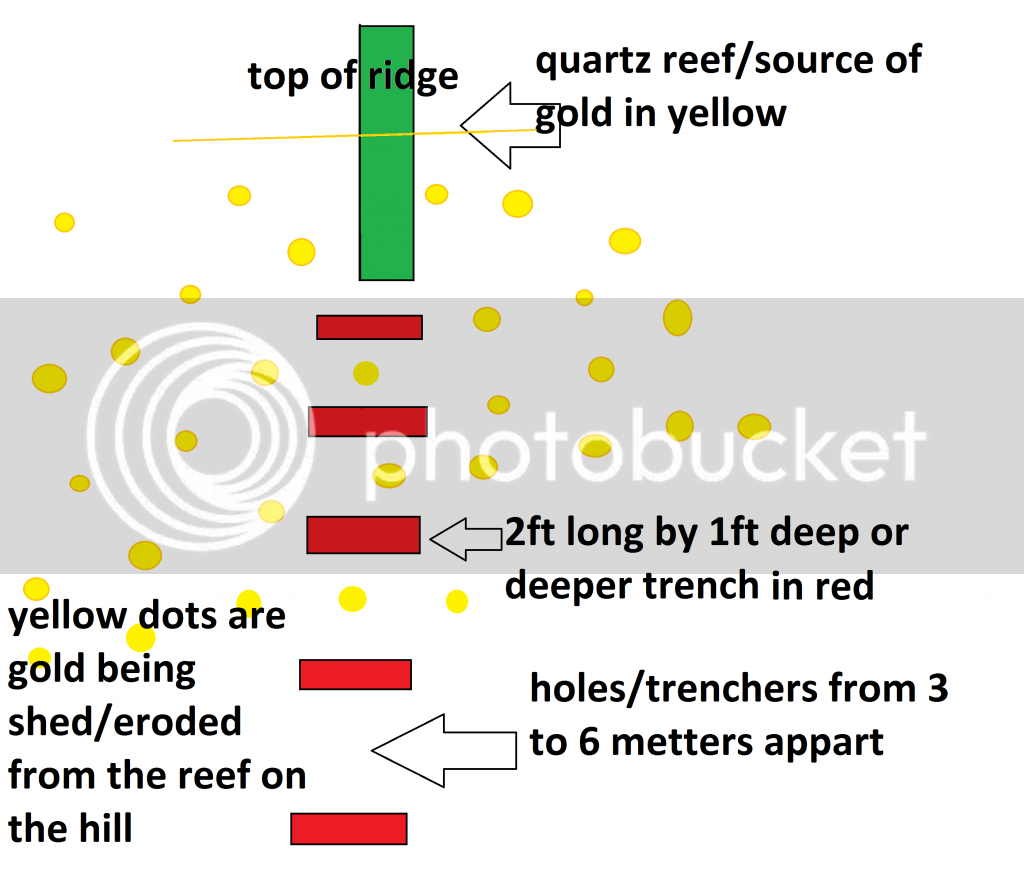rc62burke said:Hare_Twigga said:On the topic of loaming or more finding gold bearing ore has anyone tried using a ph tester to locate the ore?
I have done some research and there is some information that seems to relate CO2 rich acid sulfate water to ore bodies and changes in the ph in surrounding soil.
Hare
Their are a number of methods that can be used to identify mineral "Halo's" in a specific area, those being "Geochemical Prospecting" which is used on a large scale very similar to that of which Village described, ph testing can also identify anomalies to follow up further, the use of an XRF device IMHO should not be considered as a "Prospecting" tool as the cost alone is Prohibitive & there are some questionable reports on its accuracy in sampling ore.
In "Loaming" there is no substitute for the humble "Gold Pan" remember you are using a tried & proven method developed along time ago & should be using the tools that it was designed to use, nothing saying it cant be improved with modern tech, but fundamentally the "pan" is king for "Loaming", in some way it is paying homage to the old boy's & something we should try to preserve as a part of our culture, IMHO.
cheers
Lee
Hare, I agree with Lee on the issue, xrf despite the reports you may read, lets put it this way, I would never engage the technique or the equipment. And as for assay's mate they come so far down the process queue, I think a large scale drilling program would have to come first, I'm not sure if we are on the same page, but the assay for basic will take a gorilla out of your wallet, it's based on lab time.




